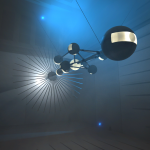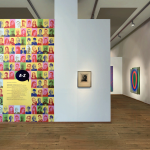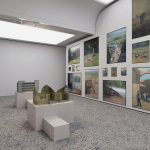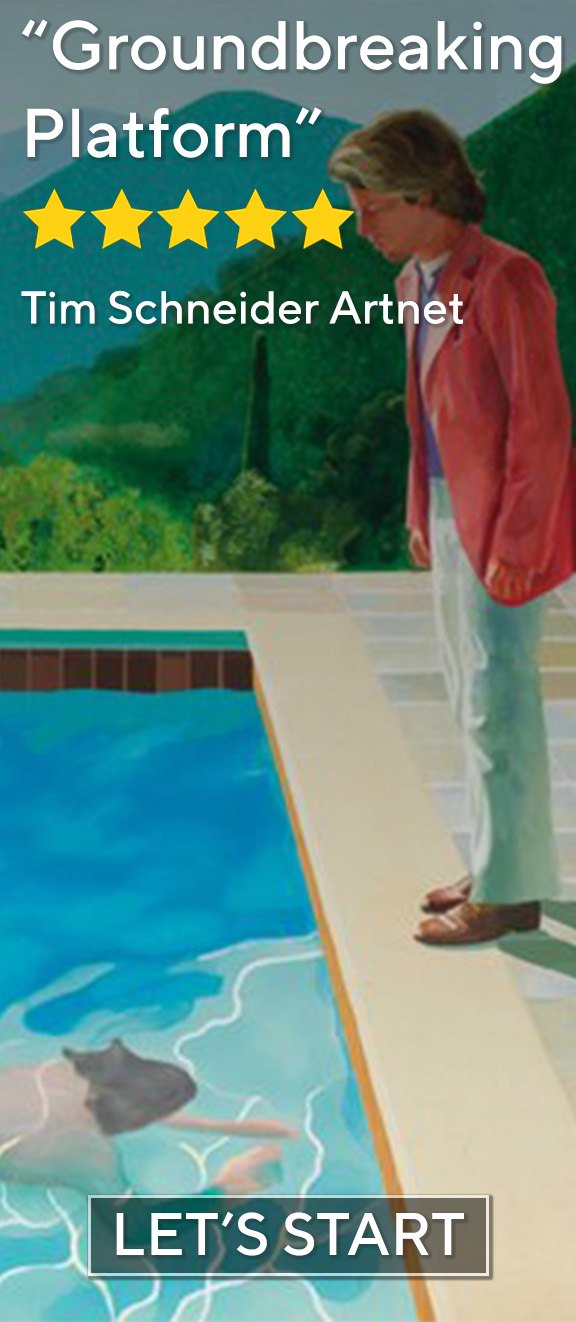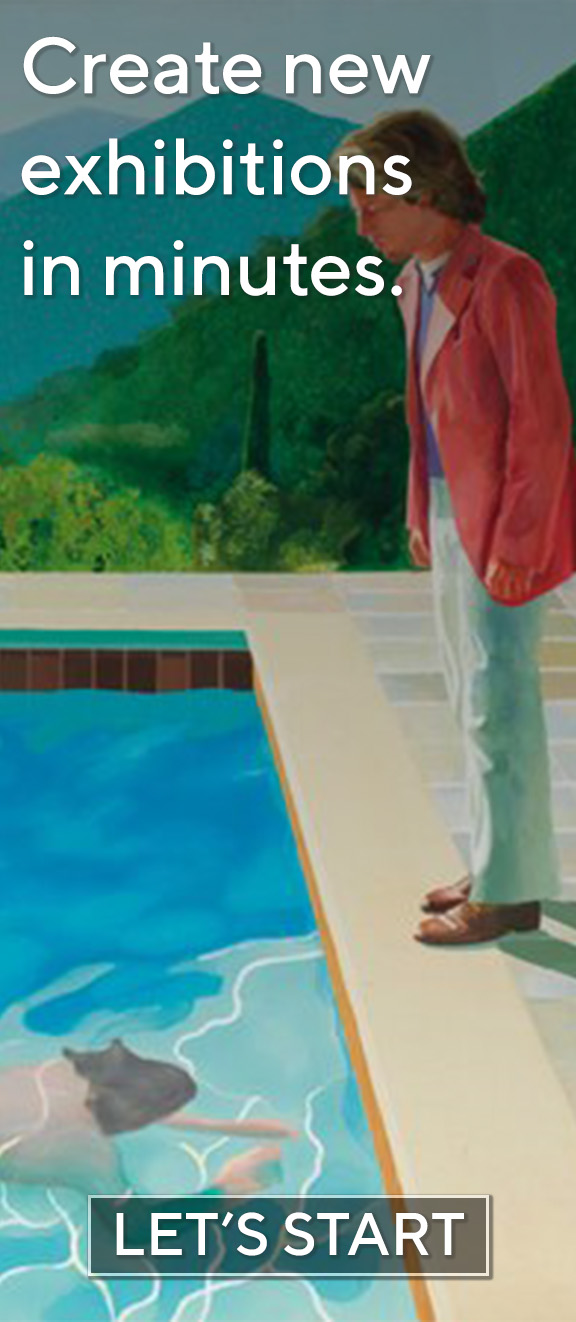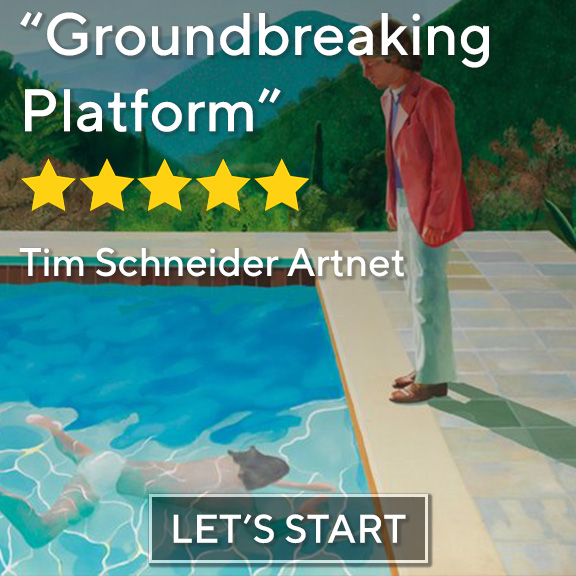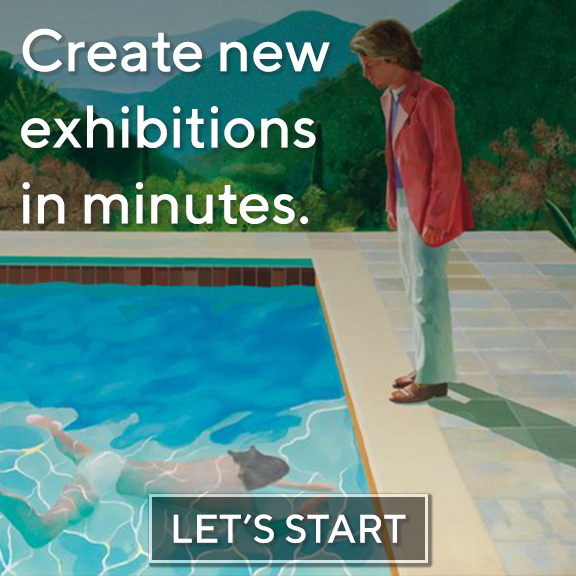Overview
This innovative educational initiative transforms traditional curatorial training by integrating digital innovation into hands-on learning. MFA curatorial students from the University of Paris 8 collaborated with three key partners: the Seine-Saint-Denis Regional Contemporary Art Collection (FRAC), the contemporary art space Le Sample, and the virtual exhibition platform Walter’s Cube.
The project’s educational innovation lies in its practical approach: students learned to curate across both physical and digital spaces, using virtual reality technology as a core curatorial tool. By working directly with an established art collection while mastering virtual exhibition techniques, these emerging curators developed essential skills for the future of museum practice. This model demonstrates how technological integration in curatorial education can enhance learning outcomes while preparing students for an increasingly digital cultural landscape.
The most significant aspect of this project was its radical approach to exhibition development. Typically, curators work directly with physical artworks, but these students faced an unprecedented challenge: curating an exhibition using only online inventory photographs of artworks stored in collections. This limitation transformed the curatorial process into an exercise of imagination, critical thinking, and collaborative decision-making.
Throughout a full semester, students engaged in a multifaceted approach. One team developed the core curatorial concept, another created the exhibition’s visual communication strategy, while a third group planned the spatial layout. The digital platform Walter’s Cube became instrumental in this process, providing a virtual exhibition space where students could experiment with artwork placement and exhibition design.
The technological innovation reached its pinnacle with the development of Walter, an AI art mediator. This groundbreaking feature allows the exhibition to be accessible globally, providing guided tours and answering visitor questions autonomously – effectively democratizing art access beyond physical exhibition limitations.
The project transcends traditional exhibition methodologies by demonstrating how digital technologies can overcome physical constraints. It showcases how artificial intelligence, collaborative digital tools, and creative academic approaches can reimagine cultural experience. Students didn’t just curate an exhibition; they created a new model of cultural production that bridges physical collections, educational institutions, and global audiences through technological innovation.

Partners
- University of Creation Paris 8 (MFA Curatorial Course)
- EPHA (Esthétique Pratique et Histoire des Arts Département)
- Le Sample (Exhibition Venue)
- La collection départementale d’art contemporain – Seine-Saint-Denis (Regional Art Collection)
- Walter’s Cube (Digital Exhibition Platform)
Project Overview
A student-led curatorial project that transformed the challenges of working with an inaccessible art collection into an innovative digital exhibition experience. Throughout a spring semester, curatorial students developed a comprehensive exhibition concept using only online inventory photo documentation of artworks stored in a regional collection.
Key Challenges
- Curating an exhibition without physical access to artworks
- Creating artwork descriptions without direct visual examination
- Developing exhibition layout remotely
Digital Innovation
Walter’s Cube provided a digital twin of the exhibition space, enabling students to:
- Curating an exhibition without physical access to artworks
- Creating artwork descriptions without direct visual examination
- Developing exhibition layout remotely
Technological Breakthrough
The project culminated in training Walter, an AI art mediator that:
- Provides online guided tours
- Answers visitor questions
- Presents the curatorial narrative autonomously


